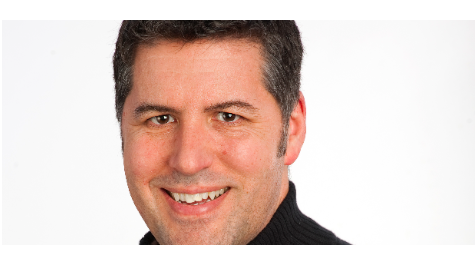Zynga’s Chief Creative Officer Tim LeTourneau suggests that there are a few basic questions that every developer should ask before designing a free-to-play game. “Why are we doing this, who are we doing this for, and how are we going to do it?” LeTourneau asks before setting out on a new project. Meaning, what is the business opportunity, who is the audience, and how can the team accomplish its goals with the available resources.
“It’s simple,” LeTourneau said, “I’m constantly surprised that there are companies and teams that don’t answer those three questions. You might know who you’re making something for and how you’re making it, but you’ve never stepped back and said, why are we making it, what specifically do we think this addresses? And sometimes developers make a game because they think it will be awesome, but there’s little consideration for who they’re making it for.”
LeTourneau started his career in the games industry in 1990 working at Electronic Arts’ customer support department. From there, he went on to a 10-year run of producing The Sims games and eventually became VP & GM of The Sims Studio. “I came to Zynga in 2011 because I thought that social gaming was not a fad,” he said. “I watched my wife, who never played games with me, all of a sudden have a daily gaming habit. I wanted to understand how it works.” At Zynga he started learning on the FarmVille team and ended up leading the team that created FarmVille 2, Zynga’s current, biggest hit. As CCO, LeTourneau spends most of his time consulting with all of the different game teams at Zynga, helping them understand what their focus is by following his philosophy.
LeTourneau explained that the approach to the audience was a key difference between The Sims and The Sims 2. “It’s amazing how many games are taken out of the hands of the gamers they were intended for, mainly because of the people making the games. We get bored with what we’re doing and we continue to make them harder, and we have knowledge that the gamer doesn’t have. Sims 2 is a great example of that. There are so many things that I would go back and do differently. We ended up making the game for people who were still playing The Sims, but the reason The Sims ultimately worked is nobody had proven knowledge of it. It had to be a game that worked for everyone.”
This lesson guided LeTourneau and his team going into development on FarmVille 2. It’s not a game made exclusively for current FarmVille players. It’s a FarmVille game that’s targeted specifically at the players that maybe never played Farmville before. “It’s very much about understanding who the audience is, and understanding that they don’t bring any knowledge of what you’re making into the experience. You have to introduce them to it in a way that they all feel like they belong.”
While his “who, why and how” philosophy is applicable to all projects, there are issues and questions that arise specifically when designing a free-to-play game. During his lecture at Casual Connect, LeTourneau will also discuss how to build a functioning in-game economy, plan for the future of the game and create meaningful social connections between players.
Find out more about Casual Connect’s lectures and sessions here.








